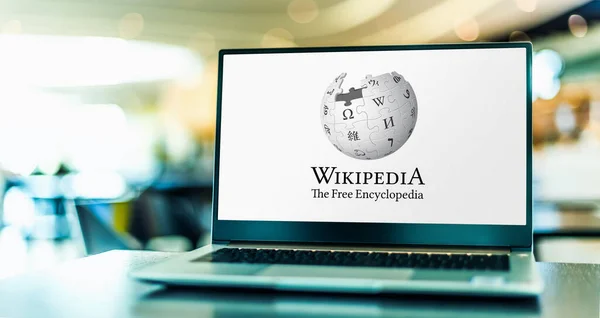
Wikipedia, a globally recognized online encyclopedia, is often the first stop for information seekers. Its credibility and authority make it an appealing platform for individuals and organizations to establish their online presence. However, creating and maintaining a Wikipedia page isn’t as simple as it seems. The Wikipedia notability standards guidelines stand as a critical gatekeeper, ensuring that only verifiable and relevant content makes it to the platform.
What Are Wikipedia’s Notability Guidelines?
Wikipedia’s notability standards are designed to maintain the quality and reliability of its content. These guidelines dictate that a topic must receive significant coverage in reliable, independent secondary sources to qualify for inclusion. In simpler terms, it’s not enough for a subject to exist; it must have documented importance backed by credible references. Without adhering to these standards, achieving page approval can be nearly impossible.
Key Elements of Notability
Understanding and applying the core elements of Wikipedia notability standards guidelines is essential for successful page creation:
- Reliable Sources and Citations
Notability hinges on the availability of credible sources. These must be independent of the subject and come from established publications, academic journals, or notable media outlets. Self-published content, promotional materials, and primary sources often fail to meet this requirement. - Significant Coverage
The subject must receive in-depth coverage from multiple sources, proving its relevance beyond a fleeting mention. Brief references or trivial details do not suffice for establishing notability. - Independence of Sources
Wikipedia discourages reliance on sources directly affiliated with the subject. Independent validation is key to avoiding bias and maintaining neutrality.
Common Challenges in Meeting Notability Standards
Many aspiring contributors face hurdles when navigating Wikipedia’s notability guidelines. Some common pitfalls include:
- Unreliable Sources
Using blogs, press releases, or poorly documented content often results in rejection. These fail to demonstrate the subject’s prominence or reliability. - Conflicts of Interest
Articles written by individuals with a personal or professional stake in the subject may be flagged for bias, leading to increased scrutiny or outright rejection. - Misinterpretation of Guidelines
Wikipedia’s policies are detailed and intricate, leading to misunderstandings about what qualifies as notable. Lack of clarity can result in wasted effort and unapproved submissions.
Strategies to Align with Notability Guidelines
Overcoming these challenges requires a strategic approach. Here are practical steps to ensure your page aligns with Wikipedia notability standards
- Thorough Research on References
Invest time in finding high-quality sources that demonstrate significant coverage of the subject. Look for articles in respected media outlets, books by reputable authors, or academic studies. - Neutral and Fact-Based Writing
Avoid promotional language or opinionated statements. Wikipedia values neutrality, and every claim must be backed by verifiable evidence. - Seek Expert Assistance
Collaborating with experienced Wikipedia editors or translation experts can streamline the process. They bring expertise in interpreting notability guidelines and structuring articles for approval.
The Role of Wikipedia Editors in Upholding Notability
Wikipedia’s volunteer editors are the custodians of its standards. They review submissions meticulously, ensuring that content aligns with the platform’s guidelines. Understanding their perspective can help improve your chances of approval. Editors prioritize verifiability, neutrality, and reliability, often rejecting content that appears promotional or lacks sufficient references.
If your draft is rejected, use the feedback constructively. Revise the article with improved citations and refined language to address the concerns raised.
Conclusion
Wikipedia’s notability guidelines serve as a cornerstone for maintaining the platform’s integrity and credibility. By understanding these standards and aligning your content accordingly, you can significantly increase your chances of successful page approval. Remember, the key lies in demonstrating verifiable relevance, maintaining neutrality, and adhering to the guidelines with precision.
Approach Wikipedia notability standards strategically, and you’ll be well on your way to establishing a credible and lasting presence on this invaluable platform.
